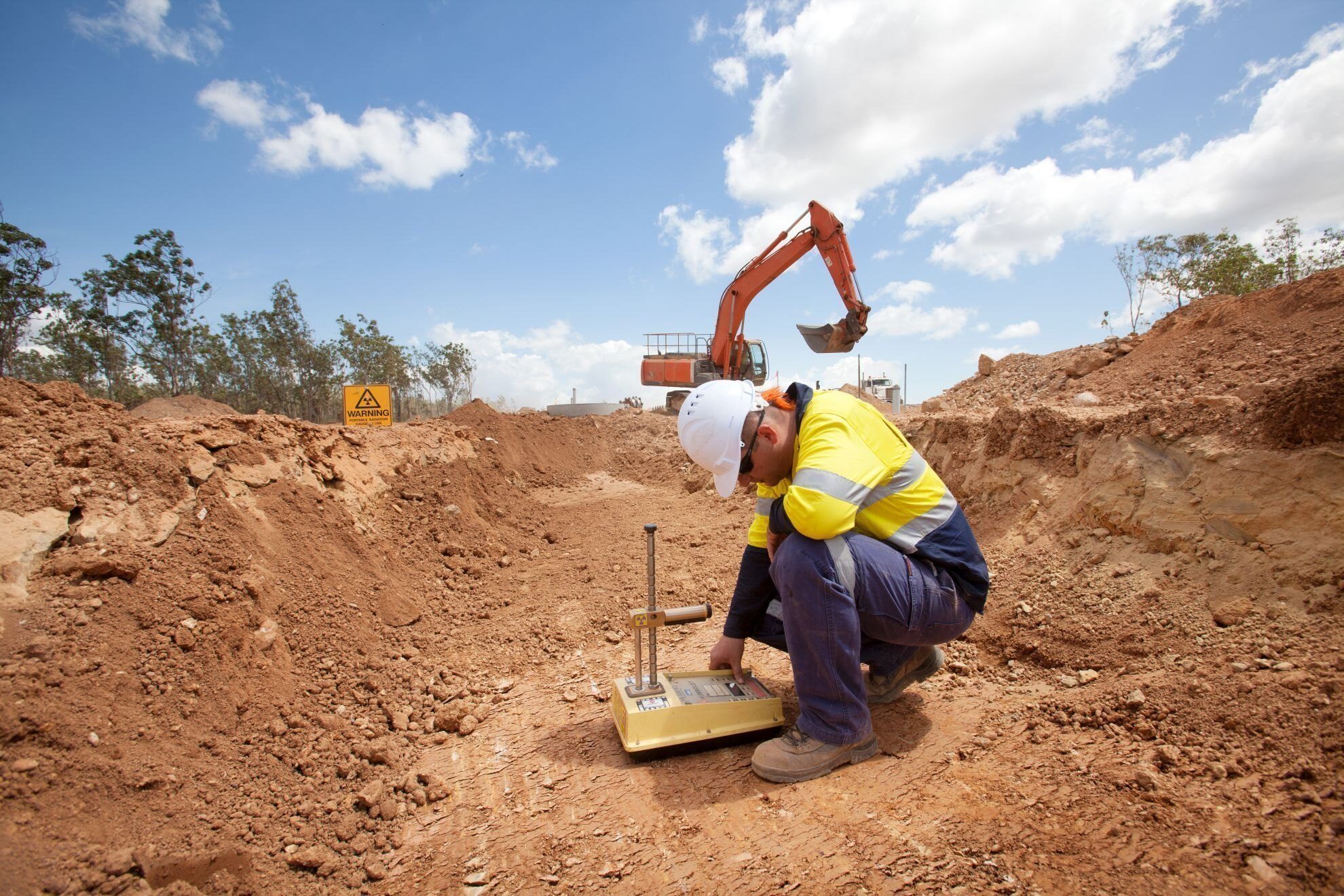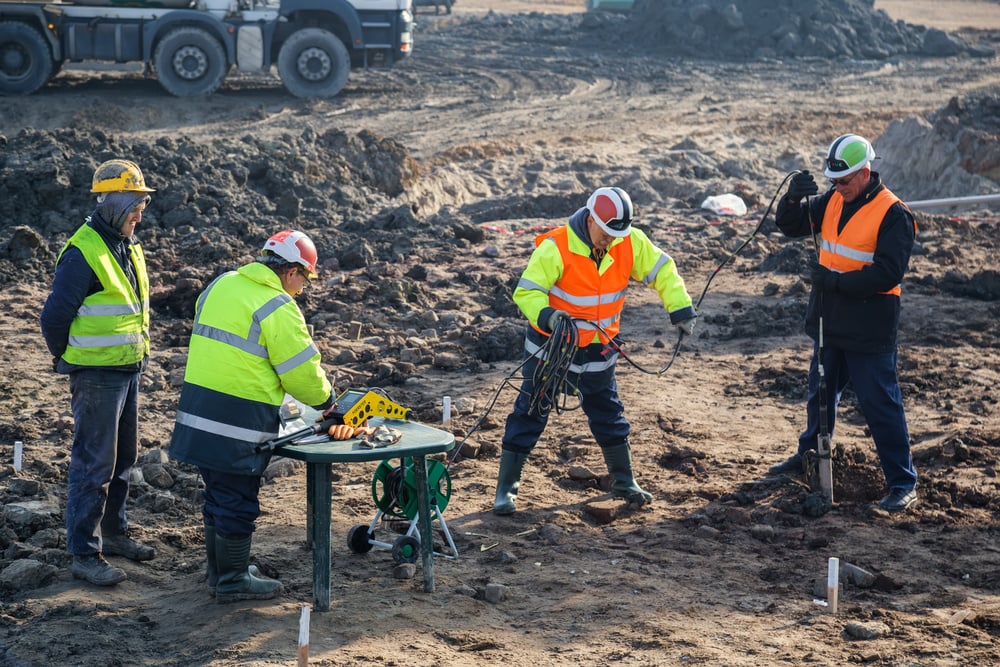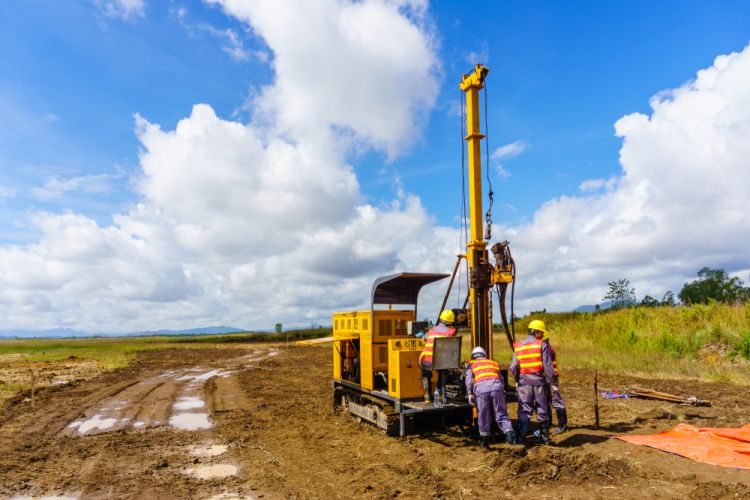Everything about Geotechnical Engineering For Construction Projects
The smart Trick of Geotechnical Engineering For Construction Projects That Nobody is Discussing
Table of ContentsThe Best Strategy To Use For Geotechnical Engineering For Construction ProjectsSome Known Details About Geotechnical Engineering For Construction Projects A Biased View of Geotechnical Engineering For Construction ProjectsGetting The Geotechnical Engineering For Construction Projects To WorkSome Known Incorrect Statements About Geotechnical Engineering For Construction Projects Things about Geotechnical Engineering For Construction ProjectsThe Geotechnical Engineering For Construction Projects Ideas
and Kovacs, W. (1981 ), An Intro to Geotechnical Engineering, Prentice-Hall, Inc. Deep Scan Tech (2023 ): Deep Scan Tech uncovers concealed frameworks at the website of Denmark's highest structure. "Geofrost Coring". GEOFROST. Gotten 20 November 2020. Han, Jie (2015 ). Concepts and Practice of Ground Renovation. Wiley. ISBN 9781118421307. RAJU, V. R.Ground Enhancement Technologies and Case Histories. Singapore: Study Publishing Providers. p. 809. ISBN978-981-08-3124-0. Ground Renovation Concepts And Applications In Asia. Pariseau, William G. (2011 ). Design analysis in rock auto mechanics. CRC Press. Hegde, A.M. and Palsule P (Geotechnical Engineering for Construction Projects).S. (2020 ), Efficiency of Geosynthetics Reinforced Subgrade Subjected to Repeated Automobile Loads: Experimental and Numerical Studies.
Cengage Knowing, Stamford, 666 p. Atkinson, J., 2007. The auto mechanics of soils and foundations. The Observational Approach in ground design concepts and applications.
The Best Strategy To Use For Geotechnical Engineering For Construction Projects
Research laboratory and field testing plays a vital duty in this process. By drawing out samples from the planet's subsurface and applying a collection of tests, geotechnical designers can predict the behavior of soil layers and examine their suitability for numerous building endeavours. The significance of geotechnical design in civil engineering can not be overemphasized, attributable to numerous factors: The first step in any type of geotechnical research involves figuring out the dirt type at the building and construction site.
Understanding these features guarantees that just appropriate soil types are picked for the advancement, therefore preventing possible structural failings. The foundation functions as the bedrock of any type of building job. Selecting the ideal structure type is a choice that rests on the comprehensive analysis provided by geotechnical design. This makes certain the long life and security of frameworks by fitting the tons they will birth.

Geotechnical website examination is an essential action in the planning and execution of any kind of construction task. It involves the collection and evaluation of information associated with the physical residential properties of dirt and rock below a recommended building site. This info is essential for the style and construction of secure, secure, and lasting frameworks.
Some Known Incorrect Statements About Geotechnical Engineering For Construction Projects
In this blog, we will delve right into the relevance of geotechnical site investigation, its different elements, and exactly how it profits building projects. Geotechnical website investigation, additionally understood as subsurface expedition, includes a collection of tasks focused on figuring out the soil, rock, and groundwater conditions at a building website. The key goals are to recognize potential geotechnical risks, examine the design residential properties of subsurface products, and provide suggestions for the style and building and construction of foundations, maintaining wall surfaces, and various other structures.
The workdesk research study helps in determining prospective geotechnical issues and preparing the subsequent fieldwork. This entails observing the topography, water drainage patterns, existing structures, greenery, and any kind of indications of instability or erosion.
Geotechnical Engineering For Construction Projects - Truths
Shallow examination pits are excavated to directly observe and sample the soil and rock. This approach is valuable for examining the upper layers of the subsurface and determining near-surface threats. Non-invasive geophysical methods, such as seismic refraction, ground-penetrating radar (GPR), and electric resistivity tomography (ERT), are utilized to map subsurface problems and spot anomalies.
Dirt and rock examples collected during the area examination go through research laboratory testing to identify their physical and mechanical homes. Usual research laboratory tests include grain size evaluation, Atterberg restrictions, compaction tests, triaxial shear examinations, and debt consolidation examinations. These tests offer essential data for geotechnical evaluation and design. The information gathered from the desk study, website reconnaissance, area examination, and laboratory testing are examined and interpreted to develop an extensive understanding of the subsurface conditions.
The primary advantage of geotechnical website investigation is guaranteeing the security and stability of structures. By comprehending the subsurface problems, designers can make structures and other architectural elements that can endure the loads and ecological forces they will certainly undergo. This decreases the risk of negotiation, subsidence, and structural failure.
What Does Geotechnical Engineering For Construction Projects Do?
Understanding dirt attributes can assist the choice of excavation strategies, dewatering approaches, and ground improvement actions. This makes sure effective and safe building techniques. Geotechnical website investigations are typically needed by building codes and laws. Complying with these requirements makes sure compliance with lawful and safety and security standards, avoiding potential lawful responsibilities and task hold-ups.
This details is Discover More Here indispensable for job supervisors, architects, and professionals in creating realistic routines, budget plans, and backup plans. Geotechnical Engineering for Construction Projects. Skyscraper Structure in a Coastal AreaIn a seaside city, a skyscraper household structure was intended on a site with suspected loose sand deposits and a high water table. A comprehensive geotechnical investigation, including borehole boring, CPT, and geophysical surveys, was carried out
8 Simple Techniques For Geotechnical Engineering For Construction Projects
Based on these searchings for, the foundation design was changed to include deep heap foundations prolonging right into secure strata, and ground enhancement methods, such as vibro-compaction, were my sources executed to reduce liquefaction dangers. This positive method made sure the security and security of the structure while preventing pricey post-construction remediation. Framework Advancement on a Sloping TerrainA major framework project, entailing the construction of a freeway and bridges, was intended on a sloping terrain with high slopes.

The Leaning Tower of Pisa (Italy), a legendary building marvel, is infamous for its unintended tilt from substantial geotechnical concerns. The tower's foundation was inadequately designed to handle the soft, unstable soil beneath it, leading to irregular settlement and its unique lean. Our globe is populated with excellent facilities projectsfrom looming skyscrapers to sprawling bridgesall standing testament to the advancement of the various building and construction equipment and approaches available.
Geotechnical engineering is a specific area within civil engineering that concentrates on examining the behavior of earth materials. This branch digs deep right into the groundinvestigating just how the soil, rock, and groundwater at a building and construction site can influenceand be affected bythe facilities that we set up on and right into them. Prior to a solitary brick is laid or a concrete structure put, geotechnical helpful hints engineers probe right into the earthgathering crucial information regarding the site's soil composition, rock structure, and groundwater degrees.
The 2-Minute Rule for Geotechnical Engineering For Construction Projects

is a tool made use of to examine the honesty and load-bearing capability of heaps throughout installment, leveraging the concept of wave breeding. It maximizes construction performance by giving real-time analyses, hence making certain secure and reliable stack foundations. One of the practical applications of geotechnical design involves deciding and executing the appropriate approaches for structure building and construction.
Stack driving stands for greater than the simple act of putting architectural components into the ground. On the contrary, it is a very carefully coordinated process of transferring a structure's load past the less stable dirt layers more detailed to the surfacedown to the more considerable strata that lie under. When it comes to stack driving, take into consideration how geotechnical designers skillfully use this strategy to evenly disperse the structure's weight.